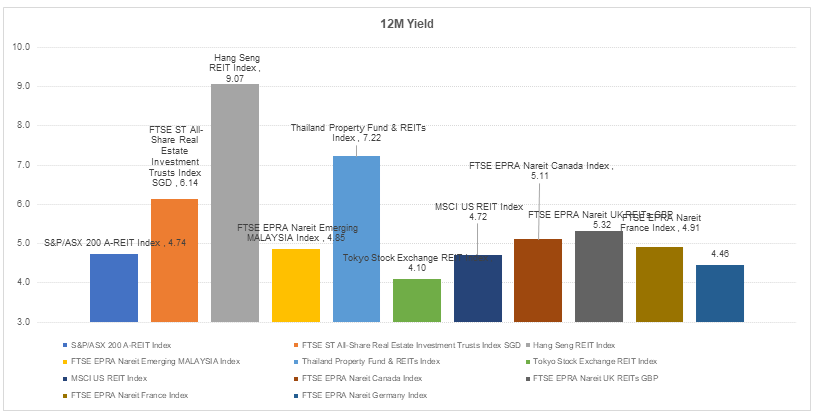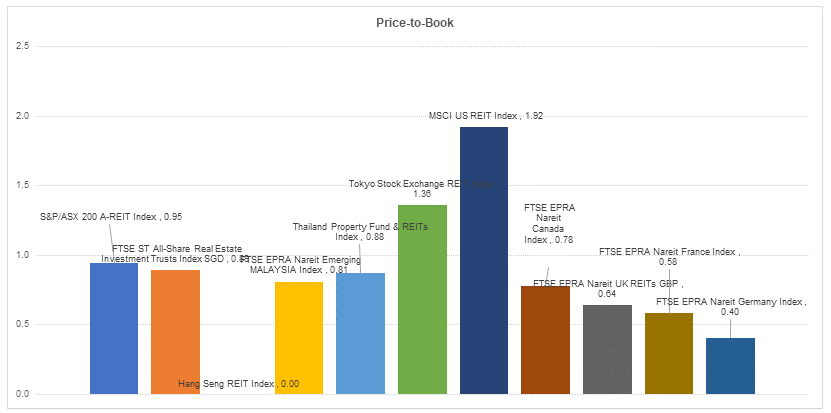
Weekly Commentary: 27 June 2023 – 02 July 2023


 Last week’s financial highlights saw Federal Reserve Chair Jerome Powell emphasizing potential additional rate hikes due to persistent inflation and a tight job market, with May’s consumer prices rising to 4%, twice the Fed’s target. Meanwhile, the Bank of England’s unexpected steep hike in borrowing costs stoked UK recession fears, as the main interest rate hit a 15-year high. Foreign stock markets also experienced a decline following an initial report suggesting that Europe’s economy is underperforming expectations. The disheartening figures have contributed to this week’s market uncertainty. As a result, Treasury yields dropped as investors pursued more secure investment options. Monday saw oil prices relinquish their initial advances, reflecting the general stability in financial markets. Investors are vigilantly monitoring the situation for any additional consequences arising from an attempted rebellion in Russia by Yevgeny Prigozhin’s Wagner Group, a situation that has the potential to interrupt energy supplies from one of the globe’s leading oil-producing countries.
Last week’s financial highlights saw Federal Reserve Chair Jerome Powell emphasizing potential additional rate hikes due to persistent inflation and a tight job market, with May’s consumer prices rising to 4%, twice the Fed’s target. Meanwhile, the Bank of England’s unexpected steep hike in borrowing costs stoked UK recession fears, as the main interest rate hit a 15-year high. Foreign stock markets also experienced a decline following an initial report suggesting that Europe’s economy is underperforming expectations. The disheartening figures have contributed to this week’s market uncertainty. As a result, Treasury yields dropped as investors pursued more secure investment options. Monday saw oil prices relinquish their initial advances, reflecting the general stability in financial markets. Investors are vigilantly monitoring the situation for any additional consequences arising from an attempted rebellion in Russia by Yevgeny Prigozhin’s Wagner Group, a situation that has the potential to interrupt energy supplies from one of the globe’s leading oil-producing countries.
Stock returns were negative over the week as observed across the following 3 indices, with the Dow Jones Industrial Average (-1.67%), S&P 500 Index (-1.37%), and NASDAQ Composite Index (-1.43%). Other notable key market indices that generated negative returns consist of Hang Seng Index (-5.62%), MSCI World (-2.01%) & Strait Times Index (-2.10%). All S&P 500 sectors registered negative returns last week with notable sectors – Real Estate (-3.96%), Utilities (-2.59%), and Energy (-3.45%) dropping more than the rest of the sector. For 2022 as a whole, index returns were negative for the Dow Jones Industrial Average (-8.78%), S&P 500 (-19.44%), and the NASDAQ Composite (-33.10%).
The yield-curve remains inverted as the 10Y-2Y US Treasury spread widened to -1.01%. driven by U.S 2-year and 10-year Treasury yields rising 2 bps to 4.73% and falling 4bps to 3.72% respectively. Market sentiment also became more risk-off as the U.S. High Yield (HY) – Investment Grade (IG) credit spread widened 24 bps to 2.94% while the CBOE Volatility Index (VIX) fell 10 bps to 13.44%.
For important events coming up later this week, The Bureau of Economic Analysis (BEA) is set to publish the Personal Consumption Expenditures (PCE) Price Index, which is the inflation measure favoured by the Federal Reserve. Additionally, consumer sentiment indicators from the Conference Board and the University of Michigan will be available, along with the final calculation for the first-quarter gross domestic product (GDP). Data on inflation and unemployment rates in the eurozone will also be released. Also take note that this week will be the last trading week of the month, quarter, and first half of the year. The global REIT market’s returns were mostly in the red across the numerous benchmarks. FTSE EPRA Nareit Germany REITs Index (-6.54%), FTSE EPRA Nareit UK REITs Index (-7.76%), and Hang Seng REIT Index (-3.91%) were the notable REITs that generated negative returns over the past week. Closer to home, the iEdge S-REIT Index (-3.24%) and most of its subsectors generated negative weekly returns with Retail REITs (-4.20%), the notable sector that underperformed the rest last week. REITs generally have been affected by decreasing yield spread as interest rates surged and investors price in the possibility of reduced distributions stemming from higher financing costs. However, we do expect inflows to return to the sector given the existing attractive valuations on offer and resilience offered by the REIT asset class in light of the waning global growth outlook.
The global REIT market’s returns were mostly in the red across the numerous benchmarks. FTSE EPRA Nareit Germany REITs Index (-6.54%), FTSE EPRA Nareit UK REITs Index (-7.76%), and Hang Seng REIT Index (-3.91%) were the notable REITs that generated negative returns over the past week. Closer to home, the iEdge S-REIT Index (-3.24%) and most of its subsectors generated negative weekly returns with Retail REITs (-4.20%), the notable sector that underperformed the rest last week. REITs generally have been affected by decreasing yield spread as interest rates surged and investors price in the possibility of reduced distributions stemming from higher financing costs. However, we do expect inflows to return to the sector given the existing attractive valuations on offer and resilience offered by the REIT asset class in light of the waning global growth outlook.


Important Information
This material is provided by Phillip Capital Management (S) Ltd (“PCM”) for general information only and does not constitute a recommendation, an offer to sell, or a solicitation of any offer to invest in any of the exchange-traded fund (“ETF”) or the unit trust (“Products”) mentioned herein. It does not have any regard to your specific investment objectives, financial situation and any of your particular needs. You should read the Prospectus and the accompanying Product Highlights Sheet (“PHS”) for key features, key risks and other important information of the Products and obtain advice from a financial adviser (“FA“) before making a commitment to invest in the Products. In the event that you choose not to obtain advice from a FA, you should assess whether the Products are suitable for you before proceeding to invest. A copy of the Prospectus and PHS are available from PCM, any of its Participating Dealers (“PDs“) for the ETF, or any of its authorised distributors for the unit trust managed by PCM.
An ETF is not like a typical unit trust as the units of the ETF (the “Units“) are to be listed and traded like any share on the Singapore Exchange Securities Trading Limited (“SGX-ST”). Listing on the SGX-ST does not guarantee a liquid market for the Units which may be traded at prices above or below its NAV or may be suspended or delisted. Investors may buy or sell the Units on SGX-ST when it is listed. Investors cannot create or redeem Units directly with PCM and have no rights to request PCM to redeem or purchase their Units. Creation and redemption of Units are through PDs if investors are clients of the PDs, who have no obligation to agree to create or redeem Units on behalf of any investor and may impose terms and conditions in connection with such creation or redemption orders. Please refer to the Prospectus of the ETF for more details.
Investments are subject to investment risks including the possible loss of the principal amount invested, and are not obligations of, deposits in, guaranteed or insured by PCM or any of its subsidiaries, associates, affiliates or PDs. The value of the units and the income accruing to the units may fall or rise. Past performance is not necessarily indicative of the future or likely performance of the Products. There can be no assurance that investment objectives will be achieved. Any use of financial derivative instruments will be for hedging and/or for efficient portfolio management. PCM reserves the discretion to determine if currency exposure should be hedged actively, passively or not at all, in the best interest of the Products. The regular dividend distributions, out of either income and/or capital, are not guaranteed and subject to PCM’s discretion. Past payout yields and payments do not represent future payout yields and payments. Such dividend distributions will reduce the available capital for reinvestment and may result in an immediate decrease in the net asset value (“NAV”) of the Products. Please refer to <www.phillipfunds.com> for more information in relation to the dividend distributions.
The information provided herein may be obtained or compiled from public and/or third party sources that PCM has no reason to believe are unreliable. Any opinion or view herein is an expression of belief of the individual author or the indicated source (as applicable) only. PCM makes no representation or warranty that such information is accurate, complete, verified or should be relied upon as such. The information does not constitute, and should not be used as a substitute for tax, legal or investment advice.
The information herein are not for any person in any jurisdiction or country where such distribution or availability for use would contravene any applicable law or regulation or would subject PCM to any registration or licensing requirement in such jurisdiction or country. The Products is not offered to U.S. Persons. PhillipCapital Group of Companies, including PCM, their affiliates and/or their officers, directors and/or employees may own or have positions in the Products. This advertisement has not been reviewed by the Monetary Authority of Singapore.